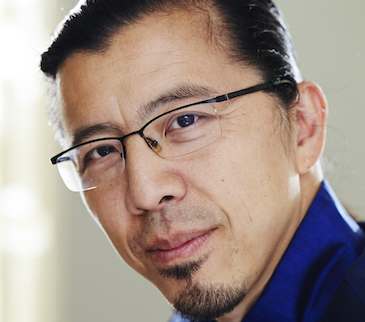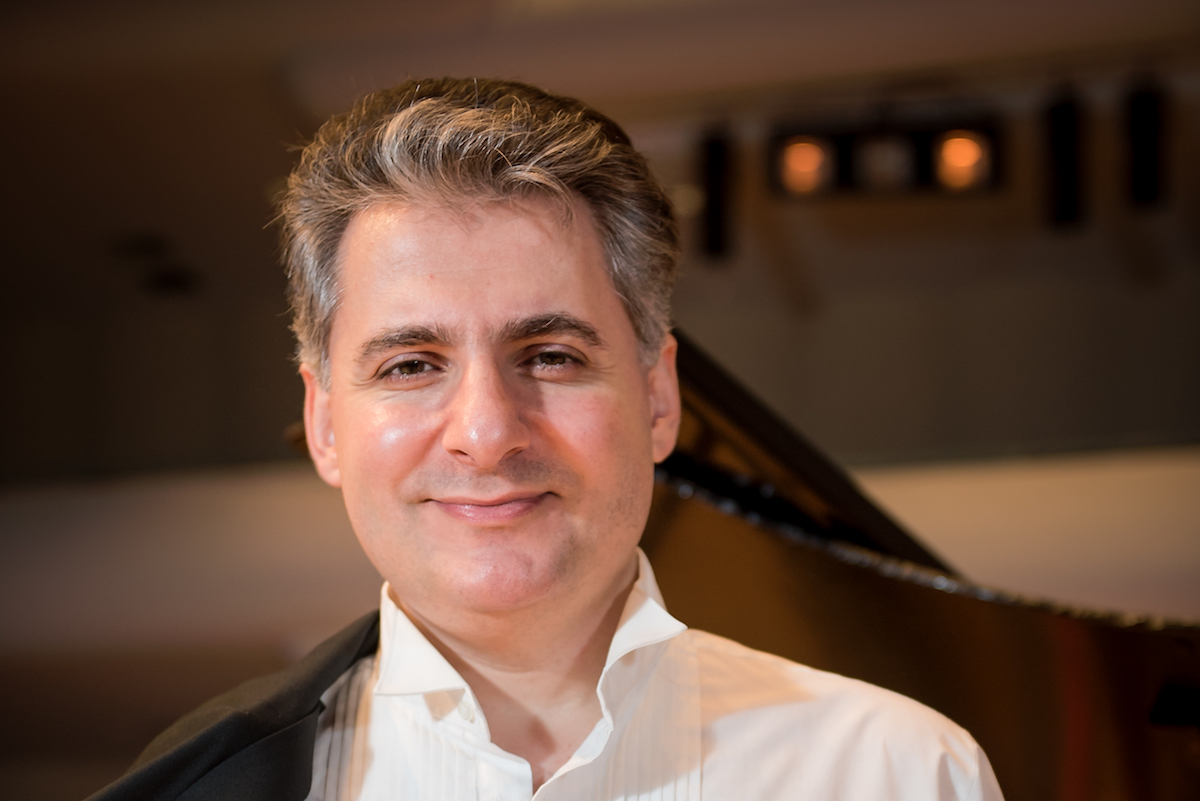What Privileging the Learning Process Looks Like in the Practice Room.
How much a person should practice depends on their personal, physical needs. Some people don’t require much practice, and they were just born like that. I have to practice a lot to be in shape, and I can go out of shape quite easily. So it is hard to be prescriptive because you have to assess your own situation. But practicing should never be strictly about time spent; it’s crucial that however much time you have, you use that time efficiently.
When you only have a short amount of time, set yourself an objective that you can accomplish within that time. It doesn’t make any difference if it’s two pages or it’s two measures. If you do not achieve the goal, you then have a practice debt that you will have to pay off later. And when you meet your goal, there is a sense of accomplishment that helps you feel better. Breaking practice time into these small goals is helpful, no matter how much time you have to learn a piece. Breaking things down into manageable portions makes the larger task less burdensome.
I try to approach each piece separately, with a different set of goals. Hopefully, as performers, we don’t try to achieve the same goal with different pieces. That can often happen with performers—we tend to use similar tools for each piece, in the service of similar goals. Overusing the same tools in different compositions can make everything sound alike. That’s stagnation, resorting to the same set of methods for each piece, no matter how diverse. That’s one reason emphasizing the learning process is so important. When you are learning something new about yourself, or learning through teaching, or through talking to other artists, you find new tools and possibilities that you can incorporate into different pieces. And you can apply this learning in ways that are entirely different from who or where you learned it. It’s hard work, especially for musicians who have prominent careers. The pressure and stress that come with having a distinguished musical career with frequent travel, meeting many different people can be more tiring than playing itself.
With such an active schedule, finding the time and energy to present something new and exciting every single time can be very challenging. I think that’s why some famous pianists didn’t play as many concerts as others. Glenn Gould, for example, famously retired from concerts. He didn’t want to do it anymore. On the opposite end, some people gave concerts all the time, like Rachmaninov himself. In that situation, balance is especially important. And to create that balance, you have to measure things continually. Proportions bring beauty.
This goal-oriented philosophy works for an individual practice session, as well as in the longer-term attempt to learn a piece. Some days it’s easier to start practicing than others. But whenever you start practicing, you have to have a well-defined starting point, which comes in your mind, not at the time when you are sitting at the piano. You must decide what to work on, what needs refining, and how to accomplish it. Again, we are going back to the process, because without having a plan, you’re just hitting the road, knowing and going nowhere. And that kind of aimless practicing is not as enjoyable as when you are anticipating something or achieving something. That is what brings us to the possibilities of discovering something new about a piece and ourselves. Our mind and our practice routine should be at work before we start to play music physically. You need to hear the ideal interpretation of the piece in your head before you play it—that gives you a reference point. And then sometimes during a performance you may get an impulse to explore a different route. That’s great if you are brave enough to explore uncharted territories, but you still know how to get back to the original path.
You have to be in the process of finding what to do next, in the times when you are not close to the instrument. We need practice time without the instrument as well. That time is not only about analysing or playing difficult spots; it’s about how we are envisioning the tone quality. There are three critical elements for musicians. The first is to recognize visually what’s written on a page. Then there is our hearing memory, or our ability to hear what we see. Finally, there’s our physical aspect, which means that our physical memory or muscles. And that’s when you learn it.
Sometimes we get the order mixed up. We look at the score we play, and then we hear it afterward and think, “Oh, I guess that’s what it is.” But it should always be the other way around. Look at the score first, then try to hear it, and only after that start playing it. We are most effective if we can imagine the piece in our heads because that will help us physically as well. Then it’s a matter of exercising or practicing to deliver it. Eventually, we make this process systematic so that you don’t think about it anymore. Hearing it first helps prevent practice errors. Sometimes when students start to learn a piece, they practice a wrong note and practice it often enough that they don’t recognize it’s wrong anymore, or they didn’t know it was wrong in the first place. We can make those mistakes too. And once you’ve practiced a certain amount, those wrong notes can become a habit that’s hard to break. But if you have the piece firmly in your ear before you start, then there is no way that you could make that kind of mistake. You catch any wrong notes and correct them before it can become a systemic problem. And when you do make mistakes, you just need to spend time teaching your muscle memory how to land on a correct note. Using this order of – looking at the score, hearing the piece, and only then playing it – has helped my students to be much more effective.
Read more about how focusing on the process of learning shaped my approach to a challenging piece.
Read how to practice your instrument focusing on the process of learning.
#practicing

Edisher Savitski
Pianist Edisher Savitski has been performing at prestigious venues worldwide. To name a few: Carnegie Zankel Hall and Carnegie Weill Hall, New York; Wigmore Hall, London; Great Hall of Mozarteum, Salzburg, Austria; Mariinsky Theater and Concert Hall, St. Petersburg, Russia; Teatro alla Scala, Milan, Italy as well as in other venues in USA, Canada, Germany, Georgia, Spain, Italy, Portugal, Switzerland, France, Russia, United Kingdom, Israel, Austria, Morocco, China, Japan and New Zealand.
He performed at major music festivals such as: Salzburg Festival, Austria; Gilmore Keyboard Festival, Ravinia Festival, USA; Ruhr Festival, Germany; Ravenna Festival, Stresa Festival, Maggio Musicale Festival in Florence, MITO Festival, Italy; Rachmaninoff and Tchaikovsky festivals through Pittsburgh Symphony.
In November 2007, Dr. Savitski became first pianist who performed in an unprecedented live performance/press conference, from his home in South Bend, Indiana on a Yamaha Disklavier piano that was connected to another Disklavier piano in the Recital Hall of Yamaha Artist Services International in New York City. He is a Yamaha Artist.
Edisher Savitski is the first prizewinner of the Third International Piano-E-Competition in 2006 and the Hilton Head International Piano Competition in 2001, and took top prizes at the First International Piano-E-Competition in Minneapolis and the William S. Byrd International Piano Competition in Michigan.
Born in Tbilisi, Georgia, Dr. Edisher Savitski studied in the Central Music School under Maya Beridze and in the Tbilisi State Conservatory under professor Nana Khubutia. In 1998 he joined the renowned Alexander Toradze Piano Studio at the Indiana University South Bend, where he earned Masters degree, Artist diploma and has been awarded with the Performers Certificate. In Spring 2013 he earned a Doctor of Musical Arts degree in performance from Michigan State University.
Dr. Savitski is an assistant professor at the University of Alabama School of Music.



Comments are closed.